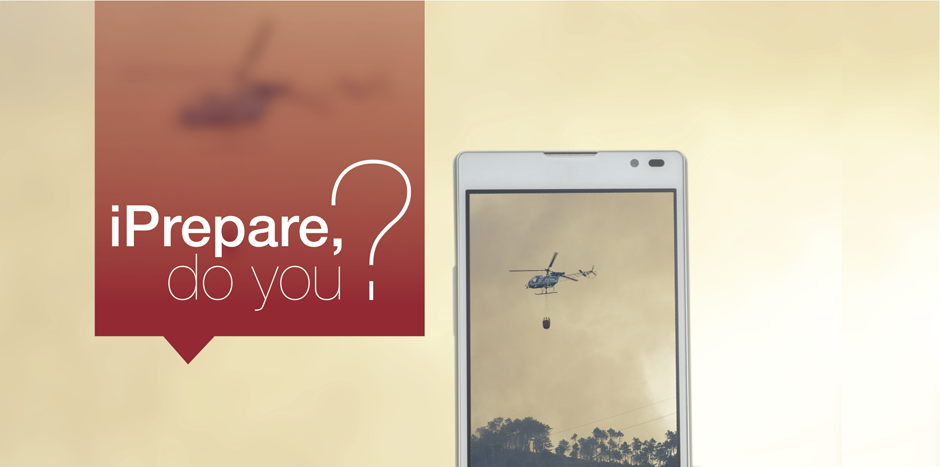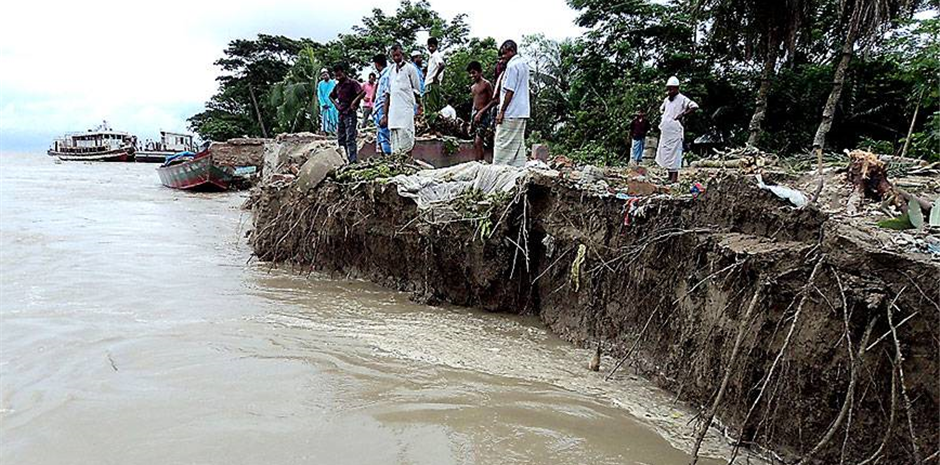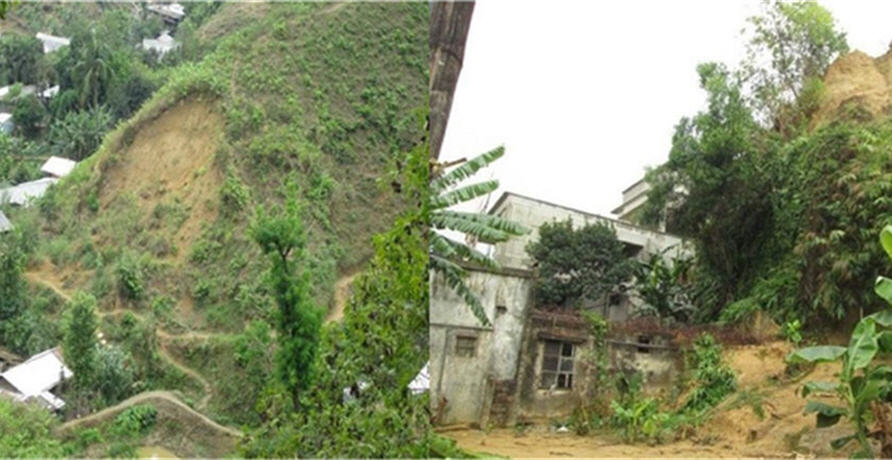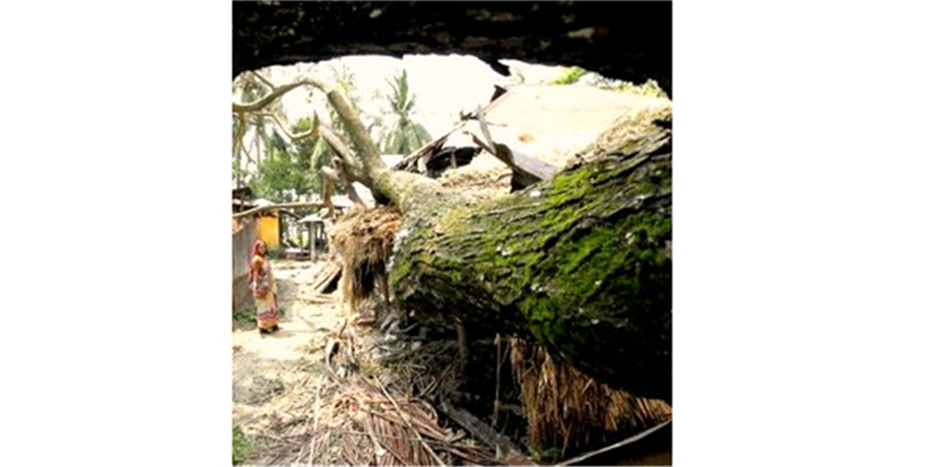Flood: As Seen In Bangladesh and Nepal
Chittagong, Bangladesh
One of the most common hazards in Bangladesh and Nepal, flood, is an unwanted overflow of large amount of water beyond its normal limits, especially over what is normal dry land (Flood).
Flood occurs mainly due to heavy rainfall, input of water or sometimes by the glacier outbursts. It is one of the natural disasters that take many lives every year. Also, flood leads to huge devastation of properties, houses, buildings, roadways and canal which are even more outrageous.
The comparison done between these two countries shows how they differ in their preparation actions for flood and to see if one country can learn from the other.
A country surrounded by seas and oceans, Bangladesh is located in the coastal region where flood mainly occurs due to the heavy rainfall and lowlands. There have been many devastating floods in Bangladesh in the past years like the flood in 1998 which killed 1050 people and the flood in 2012 which left 100 dead (After the Flood, 100 Dead).
As said by interviewee A, Bangladesh has suffered huge wreckages before and so the government has made preparations like establishing relief camps, preparing the rations in case of emergency and has allocated certain spots as safe area where the flood affected can take shelter during flood. Dams are built around Dhaka as prevents the water from entering into the city.
In the sea sides, where dams cannot be built, abundant trees are planted. The trees help to keep the soil firm, preventing loose soil and flood. Flood shelters are built on loose stilts. The government and some organizations have build barriers, raised bank and early warning towers to keep the people safe during flood. Due to enormous rainfall, people use wooden boats which serve as principle means of transport.
Nepal, a landlocked mountainous country, is primarily affected by flood due to heavy rainfall and by glacier outbursts in the Himalayan regions.
In the Himalayan regions of Nepal, glacier outburst takes place due to large accumulation of water in the glacier lakes resulting in the water outburst.
To stop this from happening, remote sensing technique is used to detect the velocity of the glacier lake. This checks the velocity and flow of water in the glacier lake and determines the precise location of lake growth (Glacial Lake Outburst). This helps the people to figure out when to evacuate their houses and save themselves from the flood. Nepalese prepare themselves by building barriers in the river banks and early warning towers.
Applying bio-engineering techniques like planting trees and afforesting the barren lands builds stronger future for Nepal. Diversion channels, gabion retaining walls, gabion or bamboo check dams and bamboo or loose stone check dams are useful to prevent floods that occur in Nepal.
Bangladesh and Nepal have different geography and so some of the methods in preparing for the flood vary whereas some preventive methods are similar for areas with similar terrain.
Comparatively, Bangladesh has many reliable and consistent rescue camps conducted by organizations and the government, as flood is a common phenomenon which occurs frequently.
As Nepal does not experience as frequent floods as Bangladesh, the rescue camps are not that efficient as compared to those of Bangladesh. More focus should be given on providing the needed help to the victims in Nepal on time. Drills are carried out in the schools and colleges in Bangladesh to make the students familiarize with flood. Those kinds of activities aren’t conducted in Nepal as much.
To conclude, some preventive measures that Bangladesh applies to prevent flood can be adopted by Nepal. Nepal has yet to improve on teaching the students to handle the abrupt situations and tension caused by flood.
Nepal lags behind a bit when it comes to the preparedness of flood. Both the countries have come up with a mixture of strategies to avoid large destruction caused by flood. However, they can put more effort, time and capital into improving the preparedness activities.







